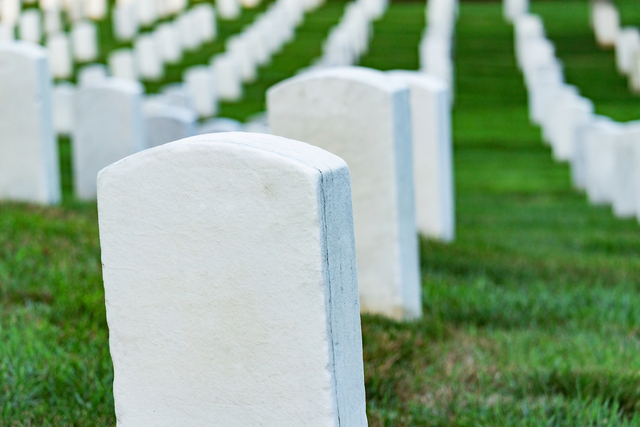
Deciding on the final resting place for a loved one is a deeply personal choice that reflects their wishes and the family’s preferences. In recent years, the range of options has broadened significantly, allowing for a more personalized approach to saying goodbye. This comprehensive guide will explore traditional and lesser-known final resting options, helping you make an informed decision that honors the memory of your loved one.
Understanding Your Options
Choosing between burial and cremation is often influenced by factors such as cultural beliefs, personal values, environmental concerns, and financial considerations. Here’s a look at these options and some innovative alternatives that are gaining popularity.
1. Traditional Choices
- Burial: Often chosen for religious or personal reasons, traditional burial involves placing the deceased in a casket that can be interred in a cemetery plot. Considerations include the cost of the plot, casket, headstone, and ongoing maintenance.
- Cremation: Cremation has become increasingly popular due to its cost-effectiveness and flexibility. Ashes can be kept in an urn, scattered in a meaningful location, or buried in a smaller plot.
2. Eco-Friendly Options
- Green Burials (aff): This method skips the embalming process and uses biodegradable caskets or shrouds to allow the body to return to the earth naturally. Green burial sites often eschew traditional headstones in favor of natural markers like trees or rocks.
- Aquamation (Alkaline Hydrolysis): An eco-friendlier alternative to cremation, aquamation uses water and alkali to break down the body, leaving behind only bones, which are then turned into a white ash and returned to the family.
3. Innovative Resting Places
- Reef Memorials: For those who loved the ocean, companies now offer the option to incorporate ashes into an artificial reef structure that supports marine life.
- Space Burials: Although more symbolic than practical, small samples of cremated remains can be sent into space, orbiting the earth or launched on voyages to leave the solar system.
4. Memorial Options
- Memorial Diamonds: Companies can transform cremated ashes or a lock of hair into a synthetic diamond. This can be a meaningful way to keep the deceased close.
- Tree Urns: Biodegradable urns that contain a seed or sapling allow ashes to nourish the growth of a new tree, creating a living memorial.
5. Lesser-Known Choices
- Body Donation: For those who want to contribute to science, donating one’s body to medical research is a viable option. After studies are completed, the remains are typically cremated and returned to the family, often at no cost.
- Sky Burials and Natural Excarnation: Practiced in some cultures, these methods involve leaving the body exposed to the elements and wildlife. While not widely available due to legal and cultural restrictions, they represent a profoundly natural approach to death.
Modern and Eco-Friendly Resting Options
In recent years, environmentally friendly resting options have become more accessible, offering families alternatives that honor both their loved ones and the planet. Options like aquamation (also known as water cremation) use significantly less energy than traditional cremation, reducing environmental impact. We highly recommend looking into services like Better Place Forests as an option for green burials. Another emerging choice is green burial, where the body is placed directly into the earth in a biodegradable casket or shroud, allowing for a natural return to the soil. Many families are also drawn to memorial forests, where trees are planted in memory of loved ones, creating a living tribute. Organizations such as the Green Burial Council certify providers that meet eco-friendly standards, making it easier for families to make sustainable choices.
Conclusion: Selecting a final resting option for a loved one is a significant decision that should be made with care and consideration of the deceased’s personality, beliefs, and the family’s needs. Whether you choose a traditional burial or a more unconventional method like a reef memorial, the most important factor is that it feels right for you and honors the memory of your loved one.














